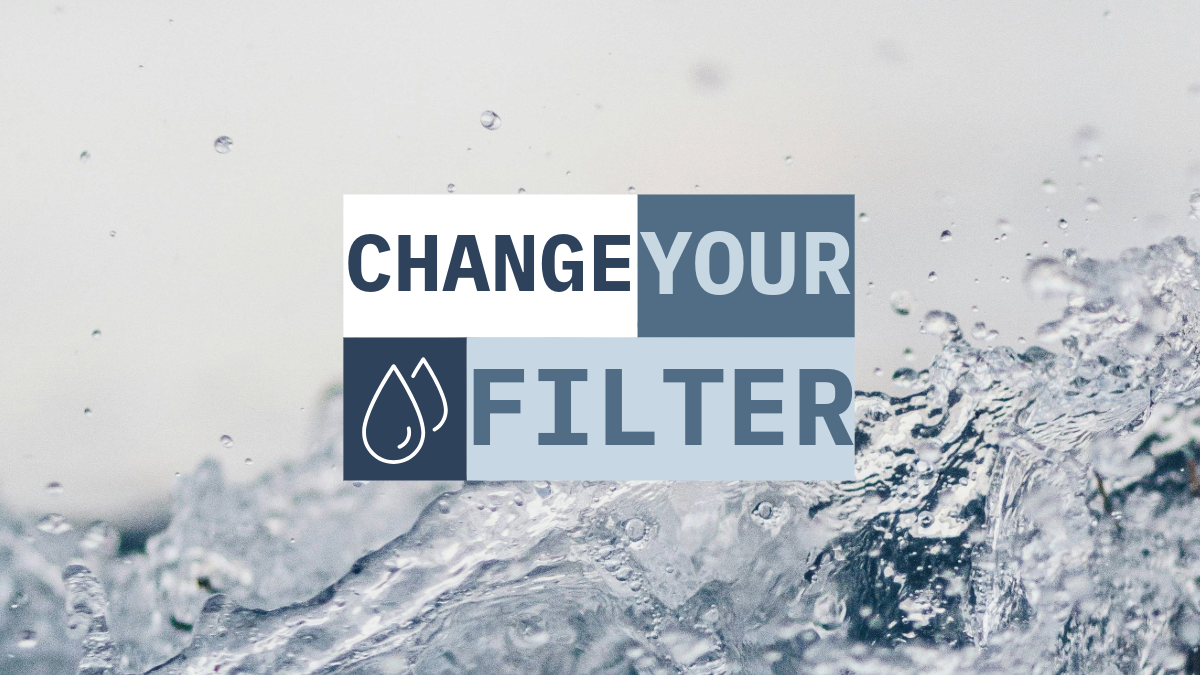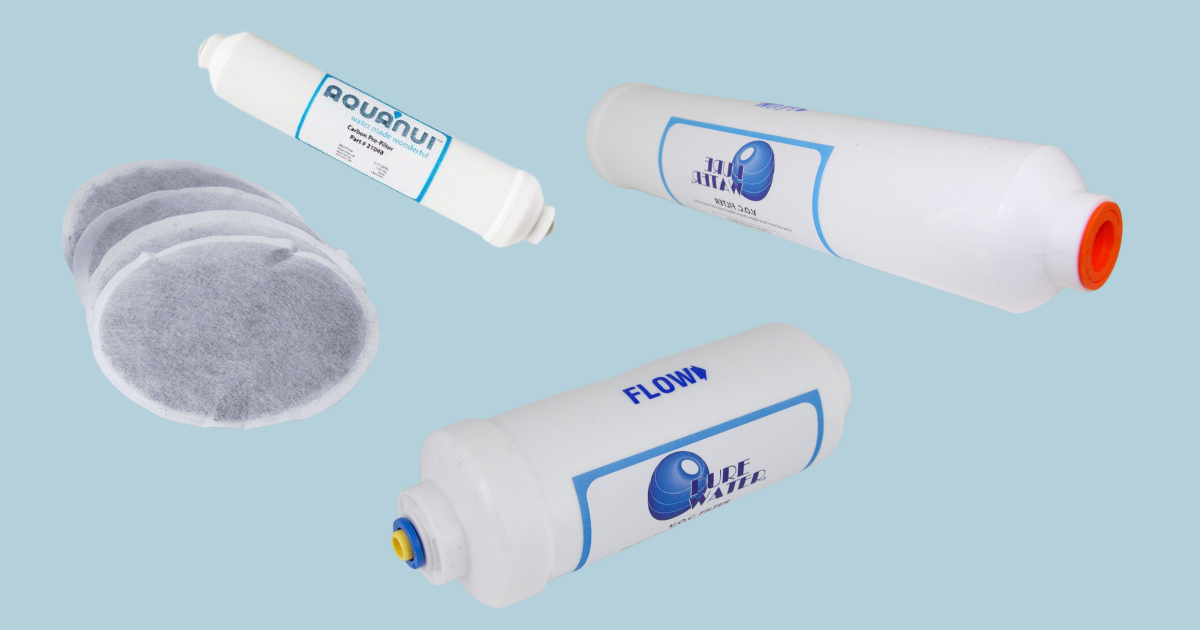
What are Volatile Organic Compounds?
VOCs, while often naturally occurring, can pose health and environmental risks if not properly managed. VOCs are organic chemicals that easily vaporize at room temperature.
Common types of VOCs in water include:
1. Pesticides and herbicides – agricultural chemicals that leach into groundwater.
Examples: atrazine, alachlor, carbofuran.
2. Disinfection byproducts – formed when chlorine or other disinfectants react with natural organic matter in water.
Examples: trihalomethanes (chloroform, bromoform) and haloacetic acids.
3. Oxygenated solvents and additives – used in paints, coatings, and gasoline.
Examples: methyl tert-butyl ether (MTBE), acetone, ethanol.
4. Industrial chemicals – used in plastics, resins, and manufacturing.
Examples: vinyl chloride, styrene, carbon tetrachloride.
5. Chlorinated solvents – often used in dry cleaning and metal degreasing.
Examples: trichloroethylene (TCE), perchloroethylene (PCE), dichloromethane.
6. Petroleum hydrocarbons – from fuel leaks, spills, or storage tanks.
Examples: benzene, toluene, ethylbenzene, xylene (often grouped as BTEX compounds).
These VOCs vary in toxicity and health risk—some are carcinogens (like benzene or vinyl chloride), others affect the liver, kidneys, or nervous system.
VOCs in Water
Volatile Organic Compounds (VOCs) are a large group of carbon-based chemicals that evaporate easily at room temperature. While many VOCs are used in everyday products such as fuels, solvents, paints, and cleaning agents, their presence in drinking water is concerning because many are toxic, persistent, and linked to long-term health risks. Once released, VOCs can dissolve into groundwater or flow into lakes, rivers, and reservoirs, making their way into public water systems and private wells.
One of the primary sources of VOC contamination is industrial activity. Factories, chemical plants, and manufacturing facilities often use or produce VOCs during production processes. Wastewater from these facilities may discharge directly into surface water, or leaks and spills may seep into the soil, eventually reaching groundwater supplies. Improper disposal—such as dumping leftover solvents, degreasers, or fuel mixtures—further increases the likelihood that VOCs enter the water cycle.
Another major pathway is through underground storage tanks (USTs). Gas stations, industrial facilities, and older commercial sites frequently store fuels or chemicals below ground. Over time, tanks and pipelines can corrode, crack, or develop small leaks that go unnoticed. Gasoline contains hazardous VOCs such as benzene, toluene, ethylbenzene, and xylene (often referred to as the BTEX compounds), which can migrate through soil and contaminate groundwater. Similarly, solvents and degreasers stored in these tanks can leach into aquifers, spreading contamination over large areas.
Agricultural runoff is also a significant contributor. Farms often rely on herbicides, insecticides, and fungicides that contain VOCs or VOC precursors. After rainfall or irrigation, these chemicals can wash off fields into streams, ponds, and rivers, or seep downward into aquifers that supply drinking water. Because some pesticides break down slowly, they can persist in water supplies for years, affecting both rural wells and municipal systems.
In addition, VOCs can form as byproducts of water treatment and disinfection. When chlorine or other disinfectants react with naturally occurring organic matter in water, they can produce compounds like chloroform and trihalomethanes, which are also considered VOCs. While water treatment is essential for pathogen control, these chemical reactions highlight the complexity of balancing microbial safety with chemical exposure risks.
How Do You Know If VOCs Are in Your Water?
One of the challenges with VOCs is that many are invisible to the eye. Most have no color, and while some give off a faint chemical or gasoline-like odor, many leave no obvious signs at all. VOC’s can often impart a taste to the water too, such as chlorine, which is added in varying amounts throughout the year. This is primarily because seasonal changes and environmental factors affect water quality and the effectiveness of the chlorine disinfectant.
The presence of VOCs in your drinking water often depends on where you live. Communities near industrial zones, agricultural land, or old fuel storage sites may face higher risks of contamination. To get a clearer picture of what’s in your water, you can check with your local water municipality, they are required to produce an annual report called the Consumer Confidence Report (CCR) of what’s in your local tap water supply and compliance with regulations

The Role of Carbon Filters
When it comes to VOC removal, carbon filtration is one of the most effective household treatments. Carbon filters are made from a special form of carbon that has been processed to create an extremely porous structure, giving each gram of carbon up to 1,500 square meters of internal surface area. This huge surface allows VOC molecules to cling, or adsorb, to the carbon rather than staying dissolved in the water.
Because of this adsorption process, carbon filters serve as a powerful “polishing” step, capturing VOCs and improving the taste of water. After distillation on Pure Water Distillers, carbon filters are used as a final water purification stage.
A few interesting things about carbon filters:
- They actually perform better when water moves through them slowly, allowing more contact time for adsorption.
- Carbon filters remove the odors that VOCs can cause.
Symptoms of VOC Exposure
Exposure to VOCs in drinking water can cause a wide range of health effects, depending on the type of compound, concentration, and length of exposure. Short-term exposure may lead to headaches, dizziness, nausea, skin irritation, or a chemical taste and odor in the water. Long-term exposure has been linked to more serious issues such as liver and kidney damage, nervous system effects, reproductive problems, and even an increased risk of certain cancers. Because these symptoms are often nonspecific and may develop gradually, people may not immediately connect them to contaminated water, so testing and reliable treatment are important.
1. Trihalomethanes
Short-term effects include headaches, dizziness, and drowsiness. Long-term effects include Increased risk of bladder and colorectal cancer.
2. Benzene
Short-term effects include drowsiness, dizziness, unconsciousness. Long-term effects include Leukemia, bone marrow damage, and immune suppression.
3. Chlorobenzene
Short-term effects include drowsiness, headaches, and dizziness. Long-term effects can cause nervous system damage.
4. Toluene
Short-term effects include fatigue, confusion, nausea. Long-term effects include liver/kidney damage, developmental effects in the fetus.
5. Acetone
Short-term effects include irritation, headache, lightheadedness. Long-term effects include possible liver damage with repeated exposure.
Individuals with weakened immune systems are especially vulnerable to the harmful effects of VOCs, and exposure can trigger more severe or long-lasting health problems. However, even healthy people are not immune—VOCs can impact anyone who drinks contaminated water. Many of these compounds act as neurotoxins, interfering with the central nervous system. Over time, exposure may lead to symptoms such as memory loss, difficulty with coordination, mood changes or depression, persistent “brain fog,” and chronic fatigue.
Why Mention Air When Talking About Water?
The “volatile” in VOCs means they evaporate easily into the air. That’s why VOCs can affect both air and water quality. In water purification, methods like distillation do much of the heavy lifting by separating contaminants from pure water vapor. However, because some VOCs can evaporate and travel with the steam, carbon filters are often used as the last line of defense. Distillation and carbon filtration form a powerful combination for producing the cleanest, safest water possible.
Replace Your Carbon Filter Frequently
Carbon filters adsorb (not absorb) VOCs onto their surface, but that surface area is finite. Once it’s fully saturated, VOCs have the potential to break through the filter and pass right into your water. You might not notice at first, but pretty soon you’re no longer filtering anything. You’re essentially running your system without a way to polish the taste of the freshly distilled water.
When Should I Replace my Filter?
We recommend replacing your carbon filters every 3-6 months, depending on the model. You may want to change it more frequently if your distiller is constantly running or you notice a change in taste or smell. You may want to change it more frequently if you live in a city with harder water, are closer to the ocean, have aging plumbing, or have lower water quality.
Replace your Filter Today!
If you haven’t changed your filter lately, change it today. The post-distillation carbon filter has an important role to play in your Pure Water Distiller by removing VOCs and making your water taste and smell great.




Where can I buy a filter
Hi Lee,
You can purchase filters on our website under shop!
https://mypurewater.com/product-category/filters/